Making a living as an independent content creator is increasingly popular in the gig economy, but which content monetisation platform should you choose?
Every spending situation is unique. SingSaver assembles the 'Best For' list, so you can decide what’s best for you.
So COVID-19 is proving to be more persistent than we had hoped, and you’ve just about had enough of bouncing between worrying about your job, getting bored of working from home, and being terrified of strangers when it’s your turn to go into the office.
Since you’ll be spending more time stuck at home anyway, maybe it’s time to turn crisis into opportunity with a side gig as a content creator. It’ll be a good way to stave off boredom, channel pent up energy and maybe even earn a pretty penny or two.
Besides, there are sites like Patreon that help you find audiences and fans, so now seems like the right time to jump into it!
But before you click Buy Now on that ring light in your shopping cart, it might be worthwhile to find out more about how content monetisation platforms and sites actually work, and which ones are right for you.
How do content monetisation platforms work?
Content monetisation platforms provide you with an option to earn revenue from your work, be they creative output like art, music, animation or novels; expertise and knowledge like courses, guides, webinars and podcasts; and even entertainment like live streams of video games.
They also usually include some tools and features to help you analyse and understand audience behaviour, so you can better zoom in on successful content.
These platforms might charge a monthly subscription fee or take a cut of your revenue earned. Whatever the fee structure, they offer a much lower cost option when compared to mainstream channels like YouTube, which profits by inserting ads into your videos, and giving you a paltry cut.
The ability to earn a healthier income under a fairer and more transparent model is what draws creators to content monetisation platforms. Fans or content consumers are also increasingly drawn to the idea of directly supporting the creators they like. And of course, the ability to enjoy content without disruptive ads ruining the experience every other minute is also much welcomed.
Below, we’ve detailed five popular content monetisation platforms, their different features, and the type of creators they are recommended for.
Best monetisation platforms for content creators
| Platform | Pricing | Recommended for |
| Patreon | From 5% to 12% of monthly income, plus payment processing fees (both incoming and outgoing) | Storytellers, artists and music makers |
| Subscribestar | 5% of every pledge, plus payment and payout fees | Artists, entertainers, vloggers, educators and coaches |
| Buy Me a Coffee | 5% of income, plus payment and payout fees | Anyone who does creative work |
| Gumroad | From 8.5% + US$0.30 per transaction | Software and tools, online courses, digital creations, e-books, short videos, products |
| Mixcloud Pro | US$15 per month | DJs, music producers |
Patreon
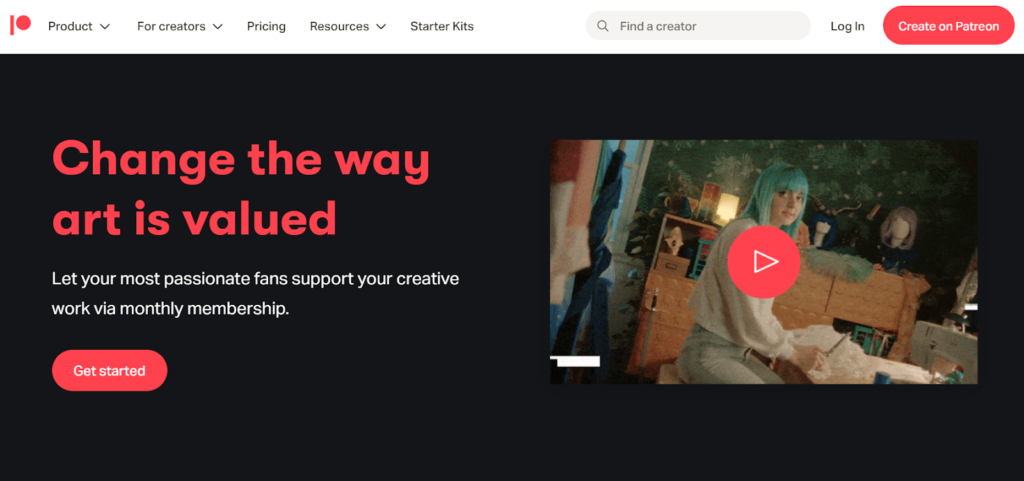
Fee: 5% to 12% of monthly income, plus payment processing fees
Perhaps the most well-known and successful monetisation platform is Patreon. You’ll come across plenty of content creators on YouTube trying to get you to switch over to their Patreon channels, tempting you with exclusive content and other goodies.
That’s because Patreon adopts a refreshingly different model that ties their success to that of their creators.
It’s all in the revenue-sharing model. Patreon doesn’t charge an upfront fee if you want to post your content on the platform. Instead, it takes a cut of the income you receive each month via the platform.
The revenue share is 5%, 8% or 12%, depending on which plan you choose. More expensive plans also come with a suite of tools and privileges, but these tend to be geared more towards those determined to make a full-time living as a content creator.
Besides the revenue share, you’ll also be charged payment processing fees for both incoming and outgoing payments. Pledges (i.e., what your fans pay you) are subject to 5% + US$0.10 for payments under US$3, and 2.9% + US$0.30 for payments of US$3 or more.
And then, when you request a payout from your Patreon account to your bank account, you’ll be charged payout fees according to the method or gateway you choose.
Because you can set your own membership levels (essentially, subscription plans with different fees and levels of access to your content), you could be paying a chunk in processing fees if you’re not careful.
Subscribestar
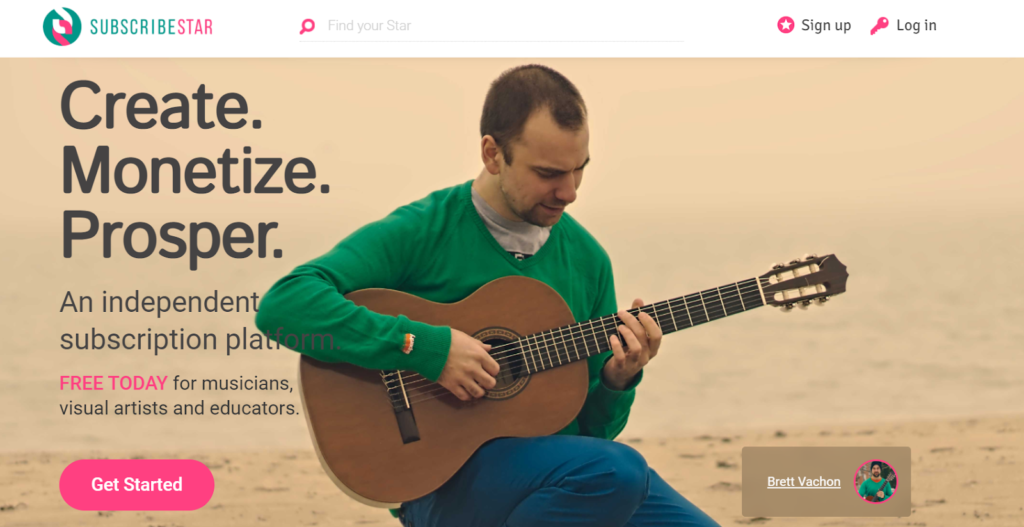
Fee: 5% of every pledge, plus payment processing fees
Another content monetisation platform that takes the revenue-sharing route is Subscribestar.
Only one flat fee is offered here - 5% of every pledge you receive from your fans - plus payment processing fees. Again this is applied both ways - on incoming pledges, and upon making a transfer out to your bank account.
Creators are free to set their pledge level from as low as US$1 per month, but there is no way to gate your content behind specific pledge tiers. Beside subscribing on a regular basis, fans can also drop you a one-off tip in any amount they wish.
Besides its transparent pricing model, Subscribestar is also attractive for its hands-off policy when it comes to content. All legal content is allowed, and the platform promises to preserve your independence as a creator without “micromanagements, overreactions or judgments”.
Buy Me a Coffee
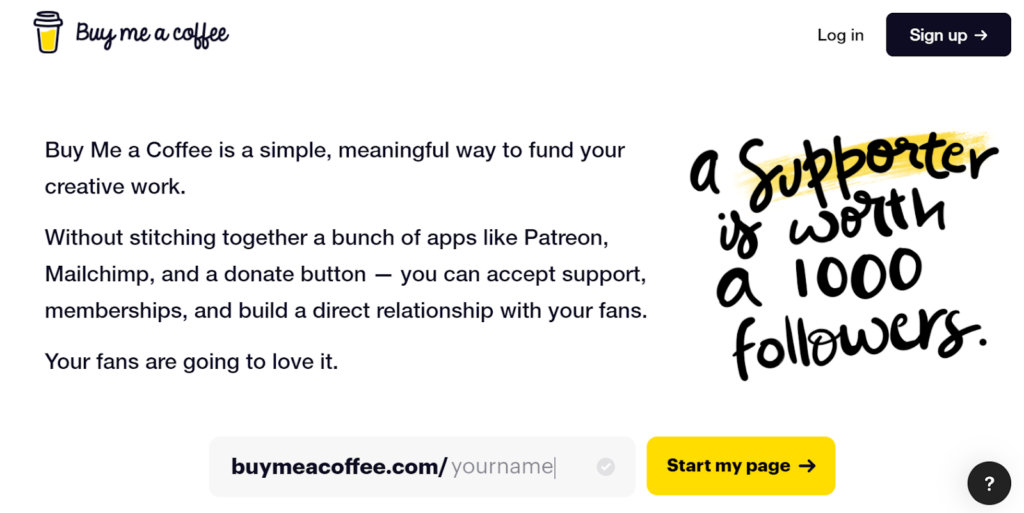
Fee: 5% of income, plus payment transaction fees
As a content creator, you probably have a Facebook Page, an Instagram Account, a personal blog, a portfolio… and maybe a YouTube or Vimeo account.
Instead of trying to monetise every one of these channels separately, Buy Me a Coffee (BMAC) offers a handy way for your fans to give you tips, while keeping up to date with all your different channels.
You can set up a BMAC page to introduce your creations, and put in links to your blog, YouTube channel or any other content sites. Your fans can also drop you tips directly on this page.
You can also embed BMAC badges directly into your blogs and web pages, so fans can tip you for your work as they discover and enjoy them while browsing the Web.
Instead of outright asking for cash, tips are represented as cups of “coffee”, priced at US$3, US$4 or US$5 each. Fans can buy you as many cups of coffee as they wish on a one-off basis.
If they wish to support you on a recurring basis, they can sign up for a monthly membership at a fee determined by you.
BAMC has also added a feature named Extras that allows creators to sell downloads, webinars and the like directly to their audience.
Gumroad
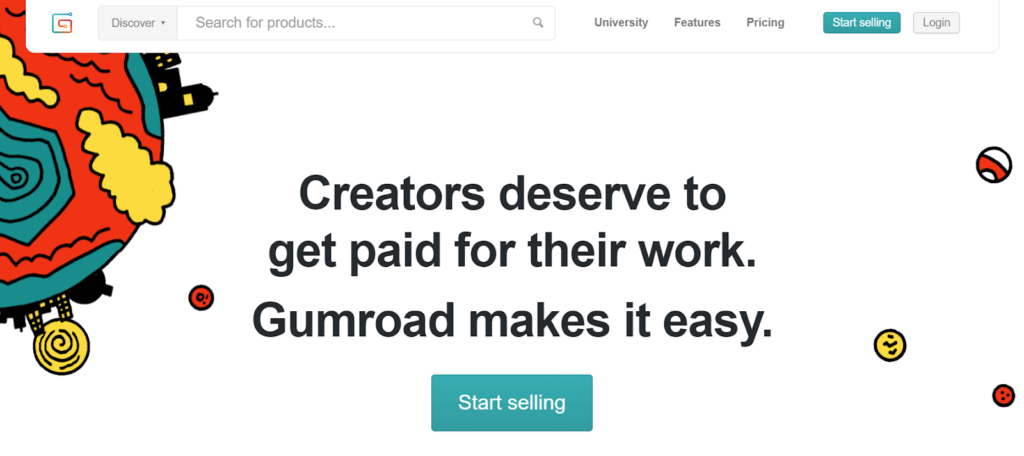
Fees: From 8.5% + US$0.30 per transaction
Gumroad works more like an e-commerce marketplace where you can set up an online store to sell your works. This can range from business courses, software and digital tools, to digital creations like novels, animation and videos, to physical products like customised t-shirts.
The platform offers a free account and takes a cut on every transaction you make. You can also choose to upgrade to a paid account that charges a flat monthly fee depending on how many customers you have (starting from US$10 for less than 1,000 customers).
If you’re looking for regular income, the recently launched Membership feature lets you sell monthly or yearly subscriptions, granting your fans exclusive content or all-access passes in exchange.
For an additional fee, you can promote your e-shop via the Discover feature to grow your audience and make more sales.
Mixcloud Pro
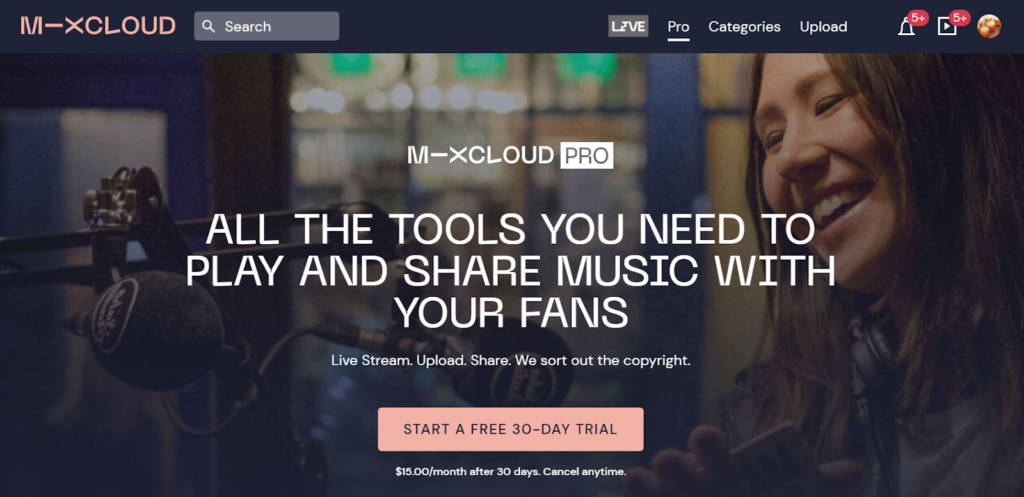
Fee: US$15 per month (first month free)
What sets Mixcloud apart from other monetisation platforms is how it supplies a direct revenue stream to DJs, while also paying the necessary royalties on their behalf.
This allows garage DJs and show creators to fully focus on their music without having to work out how much to pay music labels, or worry about takedowns and other legal issues.
As a Pro member, you’ll have access to a number of tools to help promote your music. Mixcloud listeners who want to support your work can subscribe to your channel for a monthly subscription fee, which you’re free to set - starting from US$2.99 per month.
You’ll receive a small portion of the monthly fee; at the minimum fee of US$2.99, that works out to around US$0.54 per subscriber. But as you start to amass a fan base and increase your fee, you can make some pretty decent money while indulging your love of music.
And while you’re embarking on your DJ-ing career, why not get off on the right foot with a dedicated business credit card?
Read these next:
I Am An Artist/e — Here’s How I Make Money From The Arts: Chen Yixi
I’m 27 And I Accumulated My First $100,000 By Investing And Saving Over 4 Years
Singapore Girl Boss Breaks Barriers to Start All-Female Digital Marketing Agency
Money Confessions: Why I Moved Out of My Parents’ House At 24, And How I Afford It
Career Coaching In Singapore: How Much Does It Cost?
Similar articles
What No Singaporean Tells You About Blogging For Money
A Complete Guide to Drop-Shipping
How Much Money Does a YouTuber in Singapore Earn?
Spotify vs Apple Music vs YouTube Music – Comparison Guide (2022)
Roblox: What is it and What are the Latest Promo Codes for September 2021?
Music Streaming Services In Singapore – Tidal, YouTube Premium, Spotify, KKBox
Will 2022 Be The Year of Streaming Stocks?
How to Use YouTube Studio to Grow Your Channel and Earn More Income









